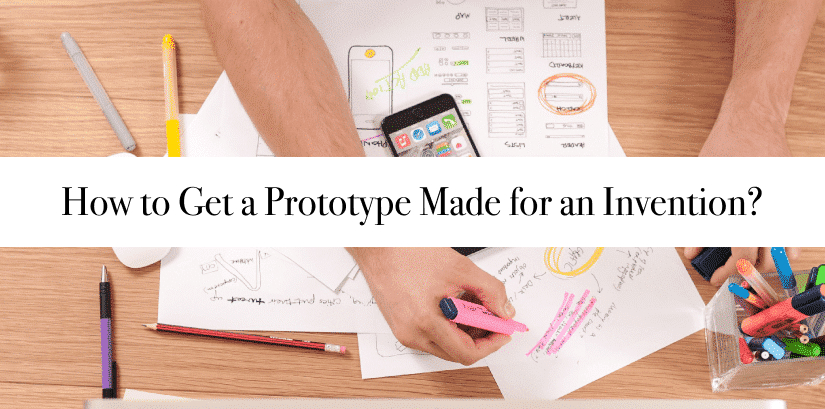Have a brilliant idea? That’s awesome! Think of it like finding hidden treasure, and figuring out how to make it come true is the real challenge. Sure, a few clever folks might score a patent and have big players handle the hard work, but those are as rare as unicorns and usually know the ropes. If you aim to shake up an industry or brighten lives a bit, that’s great! Just know that turning your bright idea into a tangible reality isn’t exactly a breeze. Here’s a **hot tip** that many new inventors miss: begin with a prototype, then make a mockup. Even if your idea seems perfectly clear at first, building that initial model can really speed things up. It’s like creating a magic key that opens the door to your dreams, turning your invention from just a wish into something you can actually hold. It might even be the big leap that takes your idea from your garage to the world. So, don’t just sit there. Dive into creating your prototype and watch your dream come to life!
How to Get Started Prototyping
The best way to get started on a prototype is to write a description of it, draw it. The main goal? Get the idea out of your head. This will start to expose some of the basic assumptions and details in what you’re thinking and help you refine the overall idea. Starting to think about what the final shape and features of the product will be is key at this stage. Additionally, keep in mind what kind of materials and construction the item will have. Ask yourself: How will this idea will actually be made?
Next, try to make a list of the product’s most important features. What about this item needs to be in place in order for it to be a success? What essential parts of it do you envision? What will make your invention the invention?
Finally, if you’re dealing with a physical product, it can be a great idea to create an actual model of the item in question. It’s best to build a model of the product as inexpensively as possible. This second stage proves to investors or anyone you might show your idea to that the prototype is indeed workable. There are a variety of 3D printing services and tools out there to help you create a working protoype, as well as just good ol’ fashioned craftsmanship.
Get Something Made, Perfect is the Enemy of Good
At this stage of the game, your invention is clearly defined. You should know what it will look like, and how it will fulfill the needs of consumers. Once you have a physical prototype of the item, it’s essential to step into a bit of rudimentary market research.
Start with a patent search and make sure you invention is actually patentable. Travel down the aisles of stores where products similar to your invention live. Take a hard look at what is already out there and make sure you invention is better than other pre-existing products. I recommend that all first time inventors follow Peter Thiel’s 10X rule as well as his general advice for startups. (since if you’re trying to grow a business out of this idea, you’re pretty much running a startup.)
At a basic level, the product or service you’re attempting to sell has to be 10 times better than existing products–without that, consumers are unlikely to switch.
Creating a Working Prototype
If you get through the steps above and still want to continue the next thing to do is create a working prototype. This working model of your idea does not have to be perfect or look as good as the final manufactured product. It’s important here to assure investors that the product that the invention works as it should. This will also help people clearly see that your idea does everything you said it would. Best of all, a working model can also allow you to elicit valuable feedback from your potential customer base.
At this stage of the process, it can also be invaluable to keep an inventor’s journal. This handy reference keeps you organized and let’s you track the progress and sticking points of your invention over time. You don’t necessarily need to use a physical book, or even something like a project management or task list tool.
Now, how do you turn your idea into the real thing?
When finding sources to build the product, it is alright to ask friends, family and acquaintances. If you’re worried about confidentiality or your idea leaking out, make sure that you utilize a non disclosure agreement (NDA). This can keep your idea in a good place, as well as protecting you in the process of getting a patent later.
If cost is an issue, various materials can be substituted for what will be actually used when the product is taken to market. The working prototype, like the ideas generated on paper, does not need to win any beauty contests. It is simply put together to show that the idea is functional and will do what it says it’s going to do..
Prototypes Are Essential
While we all want to run with a good idea when we have it, but creating a viable prototype will save you a lot of grief down the road. While it can be annoying to take some time away from marketing, filing, and getting funding for your potential product, creating a solid prototype is an essential step to success.

